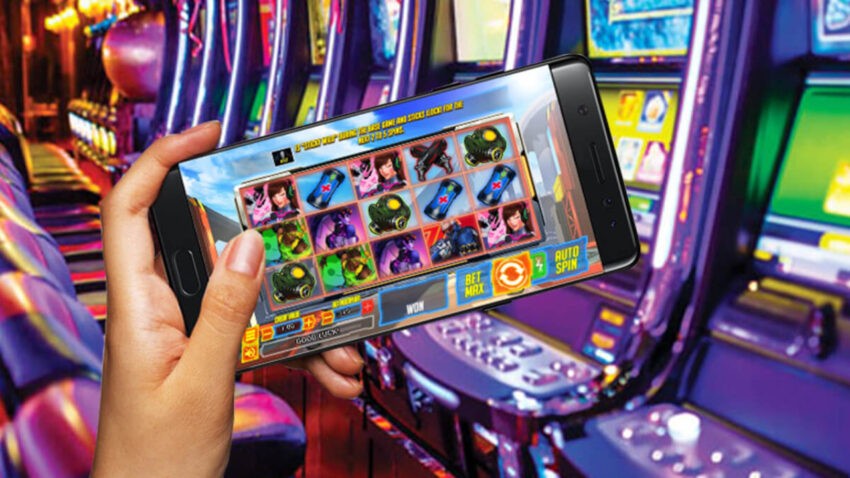
The Evolution of Online Games: From Pixels to Virtual Realities
Online gaming has come a long way since its humble beginnings in the 1990s, evolving from simple multiplayer experiences into immersive virtual worlds that span genres, cultures, and platforms. What started with games like Doom and Warcraft has transformed into an expansive universe with titles such as Fortnite, League of Legends, and The Elder Scrolls Online, captivating millions around the globe AMOSBET 77. However, the journey of online gaming is not just about technological advancements; it’s about how these games have shaped social interactions, economics, and even personal identities in the digital age.
The Birth of Online Games: Early Pioneers
The first significant wave of online gaming emerged during the early 1990s when players began connecting to the internet to play simple text-based or graphical multiplayer games. MUDs (Multi-User Dungeons) were among the first experiences that combined online play with social interaction. These text-based role-playing games allowed users to interact, form alliances, and explore virtual worlds—all while chatting in real time.
With the rise of broadband in the late ’90s, games like Warcraft II and Quake brought more sophisticated, real-time multiplayer experiences. Players could now engage in team-based strategies or go head-to-head in combat, laying the groundwork for modern online shooters and strategy games.
The MMORPG Explosion
The next significant phase of online gaming was the rise of Massively Multiplayer Online Role-Playing Games (MMORPGs) in the early 2000s. Titles like World of Warcraft revolutionized online gaming by providing vast, persistent worlds where players could interact with thousands of others at the same time. These games introduced complex economies, intricate lore, and deep character progression, making them far more than just games—they became entire ecosystems of social interaction.
World of Warcraft alone boasts over 100 million registered accounts over its lifetime, and its impact on both the gaming industry and the culture at large cannot be overstated. It marked a pivotal moment in online gaming history, bringing people together from all walks of life to collaborate, compete, and form lasting friendships.
Free-to-Play Model and eSports
As the 2010s unfolded, online gaming took on new forms with the introduction of the free-to-play (F2P) model, where players could access the game for free but purchase cosmetic items, upgrades, or even in-game advantages. Games like League of Legends, Dota 2, and Fortnite popularized this approach, democratizing access to high-quality games while still generating billions in revenue. This also led to the rise of microtransactions, which have now become a standard part of the gaming economy.
Moreover, eSports emerged as a multi-billion-dollar industry. Competitions like The International (for Dota 2) and the League of Legends World Championship drew in millions of viewers and turned professional gaming into a legitimate career path. The rise of streaming platforms like Twitch further cemented gaming as a form of entertainment, making it a mainstream cultural phenomenon.
Virtual Reality and the Future of Online Gaming
Looking to the future, virtual reality (VR) and augmented reality (AR) are poised to take online gaming to the next level. Games like Beat Saber and VRChat have demonstrated the potential of immersive gaming experiences, where players physically interact with the game world and each other. VR gaming allows players to experience new levels of immersion, but it also introduces new challenges in terms of accessibility, motion sickness, and technical limitations.
The integration of AR into gaming also promises to blur the lines between the physical and digital worlds. Pokémon GO, for example, showcased how AR could merge real-world exploration with in-game objectives, encouraging players to venture outside and interact with the environment.
Moreover, the rise of AI-driven experiences could usher in games that adapt to a player’s preferences, providing personalized experiences and even creating entirely unique virtual worlds that evolve in real time. As AI and machine learning technologies continue to advance, the potential for dynamic, evolving online experiences becomes limitless.